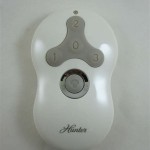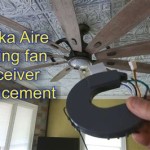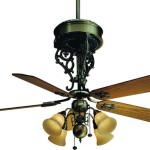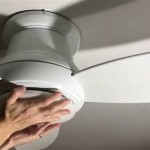Essential Aspects of Pictures Ceiling Lighting
Pictures ceiling lighting plays a crucial role in illuminating and showcasing artworks, creating an immersive viewing experience. Understanding its essential aspects is vital for selecting and installing the perfect lighting system that meets both aesthetic and functional requirements. This article explores the fundamental elements of pictures ceiling lighting, providing insights into their significance and impact on the overall display. ### Focal Point and Illumination The primary purpose of pictures ceiling lighting is to create a focused beam of light on the artwork, serving as a focal point in the room. The intensity and direction of the light should highlight the painting's details, texture, and colors, enhancing its visual appeal. Proper illumination helps viewers appreciate the artist's intent and indulge in the artwork's beauty. ### Position and Placement The placement of the light fixture is crucial for achieving optimal illumination. The light source should be centered above the artwork, at a height that provides even light distribution. Too close placement can create glare or shadows, while too high placement may result in dim or uneven lighting. The size and shape of the fixture should also complement the dimensions and style of the painting. ### Color Temperature and Rendering The color temperature of the light affects the overall ambiance of the viewing space. Warm light, around 2700K to 3500K, creates a cozy and intimate atmosphere, suitable for showcasing traditional or oil paintings. Cool light, around 4000K to 6500K, provides a brighter and more clinical lighting condition, often preferred for highlighting graphic or contemporary artworks. The color rendering index (CRI) of the light source indicates its ability to accurately reproduce colors. A high CRI ensures that the colors of the artwork are represented faithfully, allowing viewers to immerse themselves fully in the artist's palette. ### Beam Angle and Spread The beam angle and spread of the light fixture determine the size and shape of the illuminated area. A narrow beam angle creates a concentrated pool of light on the artwork, while a wide beam angle provides a broader illumination that might also encompass the surrounding walls or furniture. The beam spread should be selected according to the dimensions and proportions of the artwork to ensure complete coverage. ### Control and Flexibility Modern pictures ceiling lighting systems offer various control options, allowing users to adjust the intensity, color temperature, and direction of light to suit their preferences and the artwork's needs. Dimmers provide the flexibility to create different lighting moods, while adjustable fixtures allow for precise positioning and beam shaping. By offering this level of control, homeowners can customize the lighting experience and tailor it to the specific artwork being displayed. ### Energy Efficiency Energy efficiency is an important consideration for pictures ceiling lighting. Energy-efficient fixtures, such as LED or CFL lights, consume less electricity while providing comparable illumination. This not only reduces operating costs but also contributes to environmental sustainability.
9 Types Of False Ceiling Light Designs To Glam Up Your Home

Low Ceiling Lighting Ideas For Your Home Designcafe

A Comprehensive Guide To The Best Ceiling Lights Designs For Your Home

False Ceiling Light Design Amazing Ideas For Your Livingroom

3 Best False Ceiling Lights You Can Use To Create Better Ambience

Led Bedroom Ceiling Lighting Fixtures

Light Up Your False Ceilings For A Sauve Modern Look Freshhomez

5 Drop Ceiling Lighting Ideas

Ceiling Lighting At The Home Depot

Ceiling Lighting At Lumens
Related Posts








